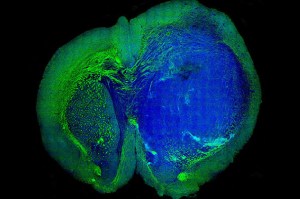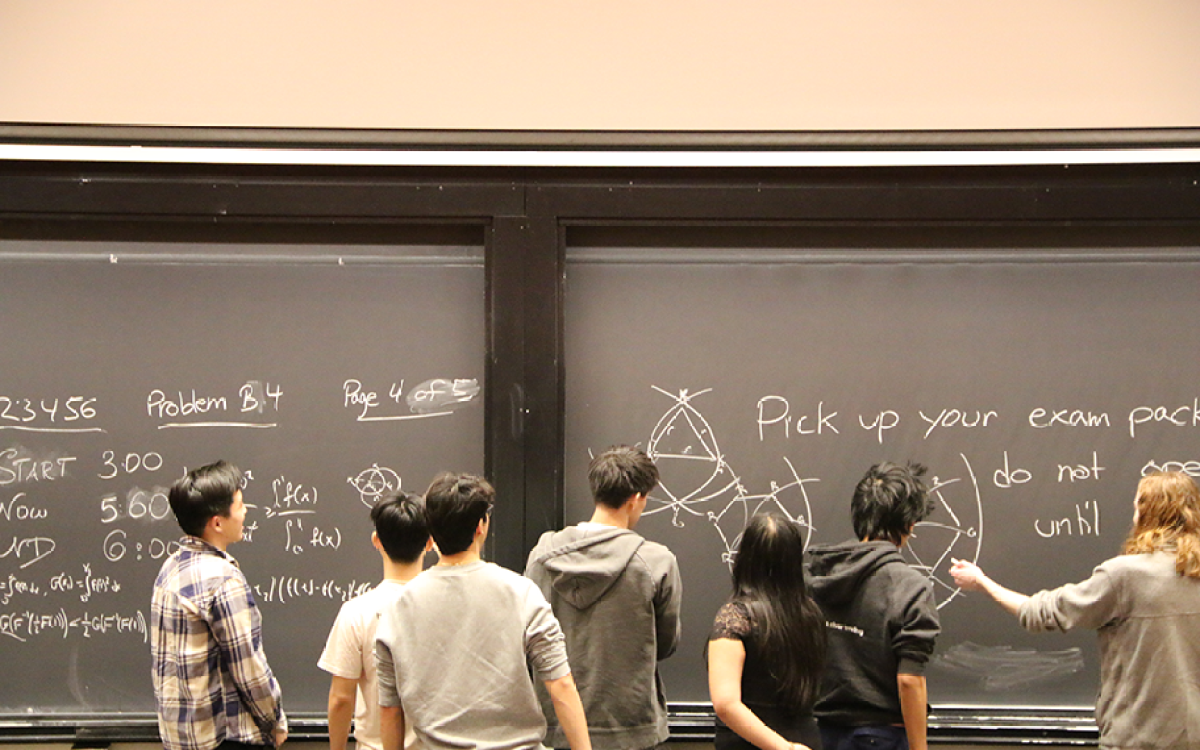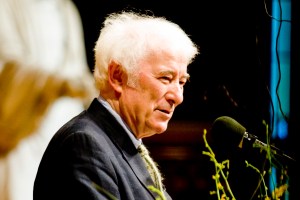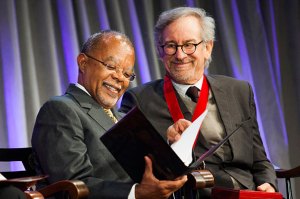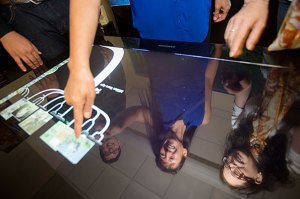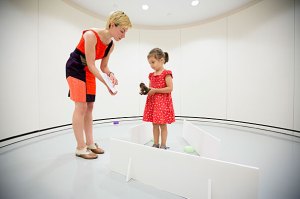Tag: Research
-
Arts & Culture
Change is on the runway
A Harvard conference will emphasize the rising influence of landscape architects in airport design and decommissioning.
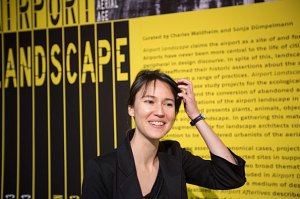
-
Health
Three days, three wild finds
Tim Laman, an associate of Harvard’s Museum of Comparative Zoology and an award-winning wildlife photographer, was part of a two-man team that helicoptered into a remote Australian rainforest earlier this year, coming out with three new species: two lizards and a frog.
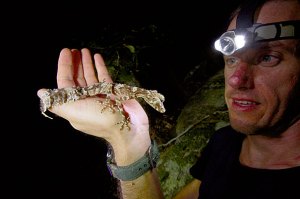
-
Health
Stages of bloom
Harvard researchers have solved the nearly 200-year-old mystery of how Rafflesia, the largest flowering plants in the world, develop.

-
Health
Online, on site, in the field
Harvard School of Public Health Dean Julio Frenk outlined a new vision for public health education Friday (Nov. 1), outlining courses that blend online, in-person, and in-the-field experiences and that take different forms throughout a professional’s life.

-
Arts & Culture
The digital Dickinson
Houghton Library and Harvard University Press are two of the leading partners in the new Emily Dickinson Archive, a joint venture with other institutions that brings together most of her poem manuscripts.
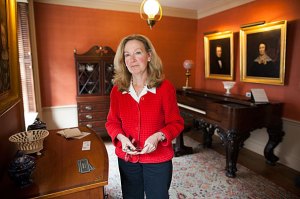
-
Health
New insight on wild nights
New research suggests that, despite moonlight’s apparent hunting advantage, large predators such as lions are actually less active on the brightest nights, while many prey animals — despite the risk of being eaten — become more active.
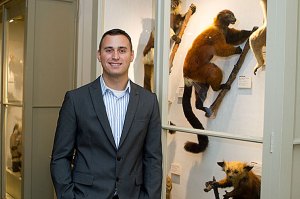
-
Science & Tech
The teaching launch
A new study found that middle school teachers can have a real impact not only on students’ short-term educations, but on whether they attend college and on the size of their future paychecks.
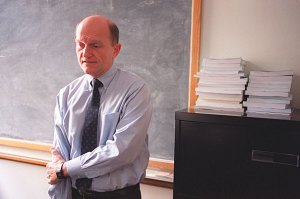
-
Science & Tech
National parks face dangerous foe
Thirty-eight of the United States’ national parks are experiencing “accidental fertilization” at or above a critical threshold for ecological damage, according to a study led by Harvard University researchers and published in the journal Atmospheric Chemistry and Physics.

-
Health
Improving cord blood transplants
They began with a discovery in zebrafish in 2007, and now researchers at the Harvard Stem Cell Institute (HSCI) have published initial results of a Phase Ib human clinical trial of a therapeutic that could improve the success of blood stem cell transplantation. This marks the first time that HSCI has carried a discovery from…

-
Science & Tech
The search for other Earths
Scientists at the Harvard-Smithsonian Center for Astrophysics are drafting the target list for NASA’s next planet-finding telescope, the orbiting Transiting Exoplanet Survey Satellite, or TESS, which will search the Earth’s galactic neighborhood for planets that might support life.
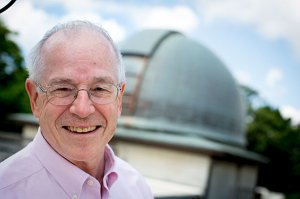
-
Campus & Community
Cabot Library, re-imagined
The Science Center atrium and Cabot Science Library, already filled with bustling undergraduates, will undergo a transformation to support learning and teaching for the digital age while more effectively connecting the library to the atrium and plaza social spaces.
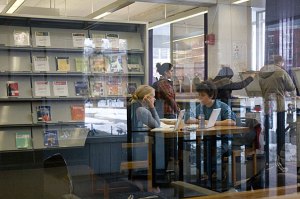
-
Health
A tiny, time-released treatment
Targeted nanotherapy is the wave of the medical future, according to Omid Farokhzad, a Harvard Medical School and Brigham and Women’s Hospital researcher who has two nanoparticle-based therapies in clinical trials and a slew of ideas for new ways to put the tiny capsules to work for human health.
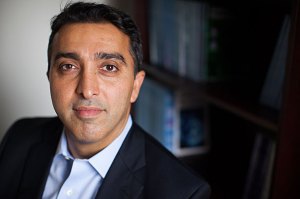
-
Campus & Community
Harvard alumnus wins share of medicine Nobel
James E. Rothman, a 1976 Harvard alumnus, won a share of the 2013 Nobel Prize in physiology or medicine for work illuminating the internal machinery that cells use to transport molecules.

-
Campus & Community
Biography of a bronze
September marked the 375th anniversary of benefactor John Harvard’s death, and the beginning of a course that uses his statue in Harvard Yard to instruct students about the realities of two vanished eras.

-
Health
Programming genetic code can lead to better designer genes
The key to programming bacteria to follow orders has been found in its protein production. Researchers have learned that by using more rare words, or codons, near the start of a gene, they can remove roadblocks to protein production. The knowledge may mean new drugs and biofuels.
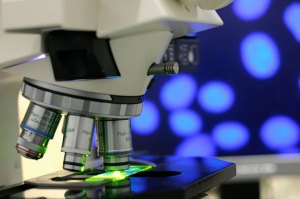
-
Campus & Community
A 21st-century campus
Supporting the development of a robust campus, one that enhances Harvard’s mission of innovative teaching and learning, while simultaneously fostering connections across the University and the broader community will be an important goal of The Harvard Campaign.

-
Nation & World
Cooperating in educating
The Harvard Campaign will help support growing advancements in interdisciplinary collaboration and integrated knowledge across the University.
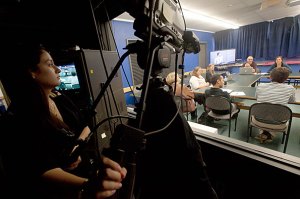
-
Health
When bacteria fight back
After the U.S. Centers for Disease Control and Prevention issued a report on the threat from drug-resistant bacteria, David Hooper, a physician at Massachusetts General Hospital and an authority on the subject, discussed the issues during a question-and-answer session.
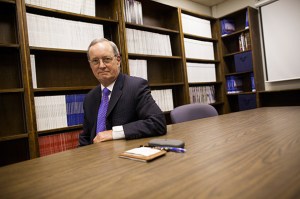
-
Science & Tech
Advancing science and technology
The National Science Foundation is awarding grants to create three new science and technology centers this year, with two of them based in Cambridge. The two multi-institutional grants total $45 million over five years.

-
Health
40% prevention rate for colorectal cancers
A Harvard study has found that 40 percent of all colorectal cancers might be prevented if people underwent regular colonoscopy screenings. The new research also supports existing guidelines that recommend that people with an average risk of colorectal cancer should have a colonoscopy every 10 years.
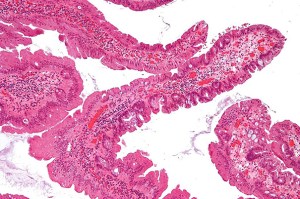
-
Health
Recalling a lab-led rescue
Professor Howard Green stumbled across a skin transplant technique that involved growing keratinocytes into full skin layers, making him a pioneer in regenerative medicine.

-
Arts & Culture
Harvard’s Indian College poet
With the discovery of a poem missing for 300 years, two Harvard graduate students have filled in some missing blanks on Benjamin Larnell, the last student of the colonial era associated with Harvard’s Indian College.
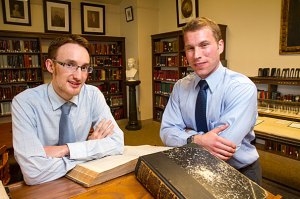
-
Health
The good life, longer
By synthesizing the data collected in multiple government-sponsored health surveys conducted in recent decades, researchers from the National Bureau of Economic Research, Harvard University, and the University of Massachusetts were able to measure how the quality-adjusted life expectancy of Americans has changed over time.

-
Health
Cancer vaccine begins Phase I clinical trials
A cross-disciplinary team of Harvard scientists, engineers, and clinicians announced Sept. 6 that they have begun a Phase I clinical trial of an implantable vaccine to treat melanoma, the most lethal form of skin cancer.

-
Health
Lasering in on tumors
In the battle against brain cancer, doctors now have a new weapon: an imaging technology that will make brain surgery dramatically more accurate by allowing surgeons to distinguish between brain tissue and tumors, and at a microscopic level.
